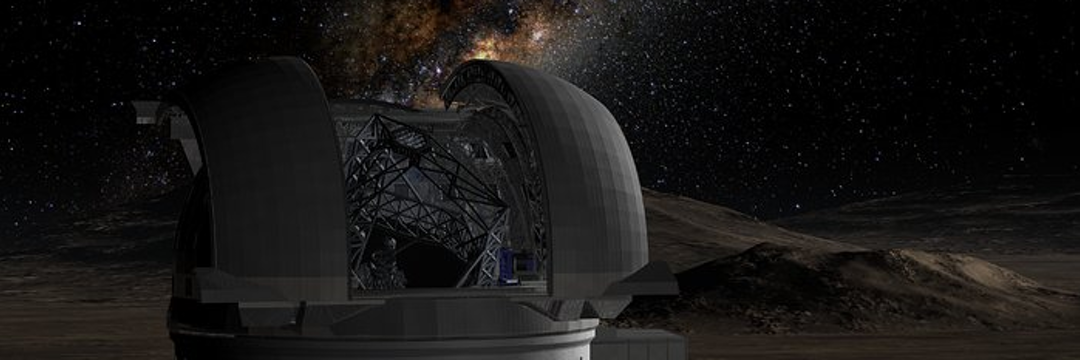
doi.org/10.1126/science.ado9966
Credibility: 989
#Carbon cicle
Scientists using NASA’s Curiosity rover have found a mineral called siderite – a type of iron carbonate – in sulfate-rich rocks in Mars’ Gale Crater
The discovery solves a long-standing mystery about the planet’s seemingly “missing” carbonates.
The find provides new clues about what Mars’ atmosphere was like in the past and reinforces the idea that the planet once had conditions for liquid water.
The discovery also challenges old satellite data and suggests that more carbon may be hidden beneath Mars’ surface or have been lost to space.

Rethinking Mars’ Ancient Atmosphere
Scientists have long believed that Mars once had a thick atmosphere filled with carbon dioxide (CO2) and liquid water flowing across its surface.
According to this theory, the CO2 and water should have reacted with the planet’s rocks to form minerals called carbonates.
But until recently, analyses by rovers and orbiting instruments using infrared spectroscopy have not found the expected amounts of these carbonates.
Now, a new study published in the journal Science shows something different.
Data from three sites drilled by Curiosity in the Mount Sharp region of Gale Crater revealed the presence of siderite, an iron-based carbonate mineral, in sulfate-rich rock layers.

A Surprising Discovery Beneath the Surface
“The discovery of so much siderite in Gale Crater is a surprising and important advance in understanding the geological and atmospheric evolution of Mars,” said Benjamin Tutolo, a professor at the University of Calgary in Canada and lead author of the study.
To study the composition of Martian soil, Curiosity drills a few centimeters into the surface and collects powdered rock samples.
These samples are analyzed by an instrument called CheMin, developed by NASA’s Ames Research Center.
CheMin uses X-ray diffraction to identify the structure of minerals in rocks, and the results are studied by scientists at NASA’s Johnson Space Center in Houston.

X-rays Reveal Mars’ Past
“Drilling into the layers of the surface of Mars is like leafing through a history book,” explains Thomas Bristow, a scientist at NASA’s Ames Center and a co-author of the study.
“Just a few centimeters below the surface gives us a good idea of “”the minerals that formed on or near the surface about 3.5 billion years ago.”
The presence of siderite in rocks beneath the surface suggests that carbonates may be “hidden” by other minerals when analyzed by infrared satellites.
If other sulfate-rich layers on Mars also contain carbonates, the amount of carbon dioxide stored there would be only a fraction of what would have been needed in the ancient atmosphere to keep the planet warm enough for liquid water.
The rest could be hidden in other deposits or have escaped into space over time.
The Future of Mars Exploration
In the future, new missions or analyses of sulfate-rich areas on Mars could confirm these findings and help us better understand the early history of the planet and how it changed as it lost its atmosphere.
Published in 04/19/2025 14h07
Text adapted by AI (Grok) and translated via Google API in the English version. Images from public image libraries or credits in the caption. Information about DOI, author and institution can be found in the body of the article.
Reference article:
Original study:
| Geoprocessing Drone Systems HPC |

| ERP and CRM Systems Mobile Systems AI |


